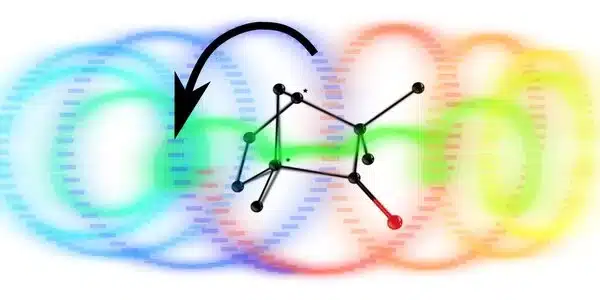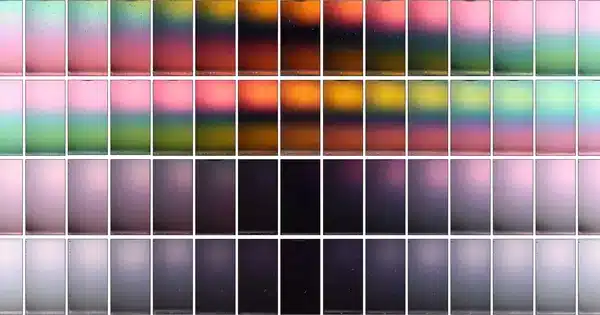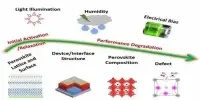In chemistry, chirality refers to the property of molecules or structures that are non-superimposable mirror images of one another, such as the left and right hands. Chiral molecules frequently have unique properties and can be useful in a variety of fields, including pharmaceuticals and materials science.
Some molecules, like our left and right hands, exist in two forms in which their structures and mirror images cannot be superimposed. Because of their asymmetry, these molecules have a property known as chirality. Because of how they interact with light, chiral molecules are optically active. In nature, there is frequently only one type of chiral molecule, such as DNA. Surprisingly, if a chiral molecule is effective as a drug, its mirror image may be ineffective for therapy.
A team led by chemists at the University of California, Riverside discovered that the distribution of a magnetic field is itself chiral while attempting to produce artificial chirality in the lab.
“We discovered that the magnetic field lines produced by any magnet, including a bar magnet, have chirality,” said Yadong Yin, the team’s leader and a professor of chemistry. “We were also able to coax nanoparticles into forming chiral structures by using the chiral distribution of the magnetic field.”
Our technique overcomes these drawbacks. We are able to rapidly form chiral structures by magnetically assembling materials of any chemical composition at scales ranging from molecules to nano- and microstructures.
Yadong Yin
Researchers have traditionally used “templating” to create chiral molecules. The template is initially a chiral molecule. The chiral molecule’s structure is then mimicked by assembling chiral (or non-chiral) nanoparticles on this template. The disadvantage of this technique is that it cannot be applied universally because it is highly dependent on the specific composition of the template molecule. Another limitation is that the newly formed chiral structure cannot be easily positioned on, say, an electronic device.
“But to gain an optical effect, you need a chiral molecule to occupy a particular place on the device,” Yin said. “Our technique overcomes these drawbacks. We are able to rapidly form chiral structures by magnetically assembling materials of any chemical composition at scales ranging from molecules to nano- and microstructures.”
Yin explained that his team’s method uses permanent magnets that consistently rotate in space to generate the chirality. He said transferring chirality to achiral molecules is done by doping, that is incorporating guest species, such as metals, polymers, semiconductors, and dyes into the magnetic nanoparticles used to induce chirality.
Study results appear today in the journal Science.

When chiral materials interact with polarized light, they produce an optical effect, according to Yin. Light waves vibrate in a single plane in polarized light, reducing the overall intensity of the light. As a result, polarized lenses in sunglasses reduce glare, whereas non-polarized lenses do not.
“If we change the magnetic field that produces a material’s chiral structure, we can change the chirality, which then creates different colors that can be observed through polarized lenses,” Yin explained. “This color change is immediate. With our method, chirality can also be made to vanish instantly, allowing for rapid chirality tuning.”
The findings could be useful in anti-counterfeit technology. A chiral pattern indicating the authenticity of an object or document is invisible to the naked eye but visible through polarized lenses. Other applications of the findings include sensing and optoelectronics.
“More sophisticated optoelectronic devices can be made by taking advantage of the chirality tunability that our method allows,” said Zhiwei Li, the paper’s first author and a former graduate student in Yin’s lab. “In terms of sensing, our method can be used to rapidly detect chiral or achiral molecules associated with diseases such as cancer and viral infections.”













